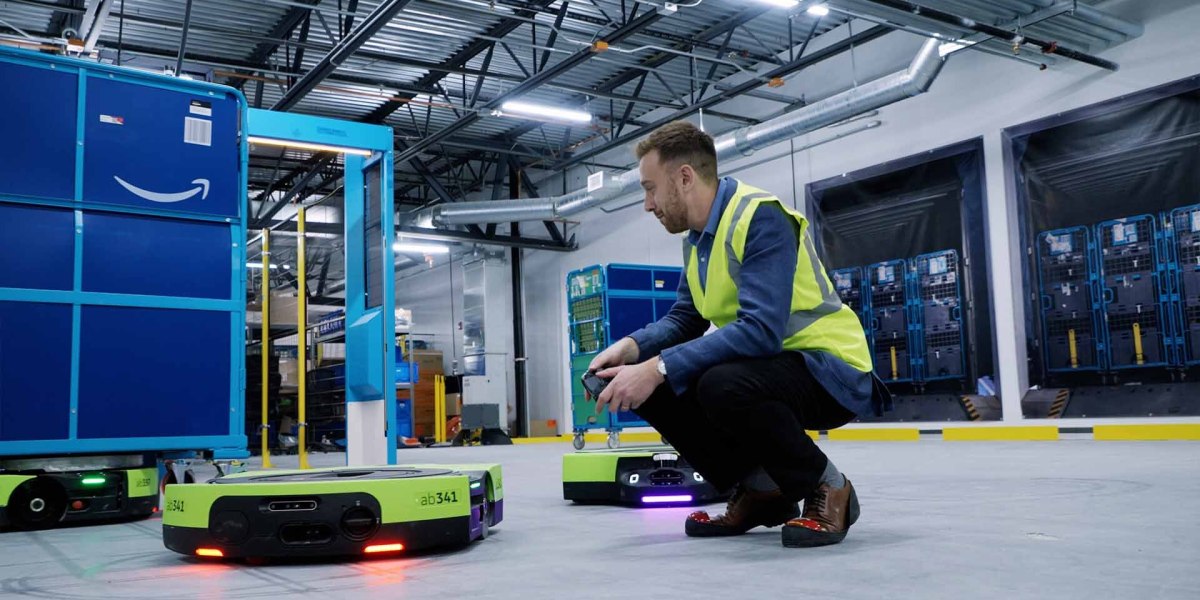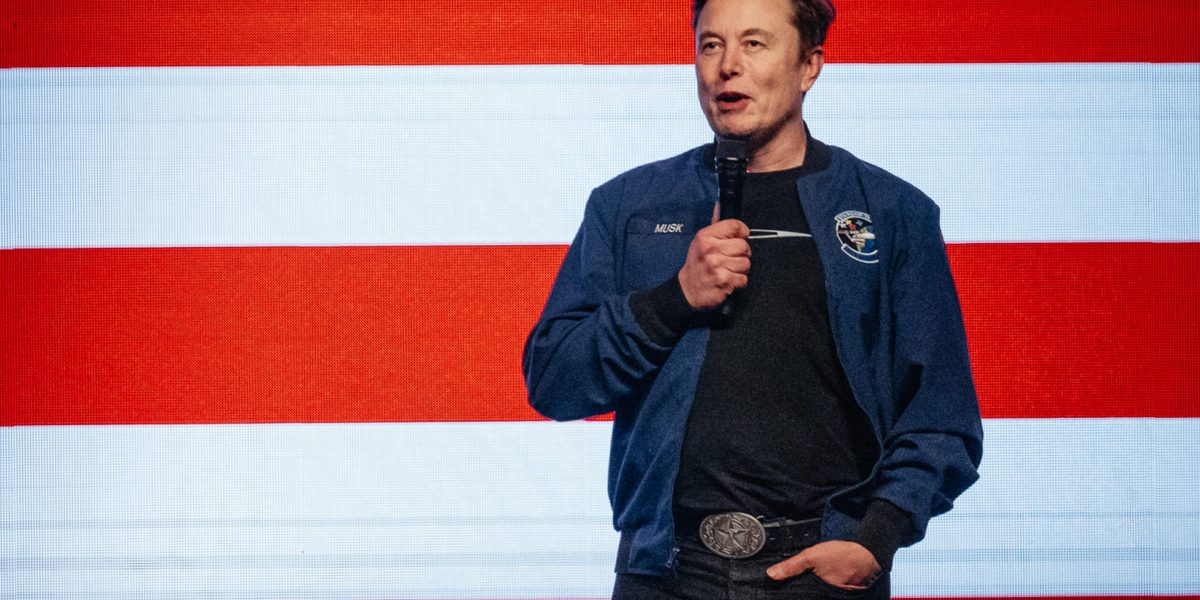Elon Musk hopes for a “zero-tariff” system between the US and Europe that would effectively create “a free-trade zone,” he said on Saturday, days after levies set by US President Donald Trump sent global markets into a tailspin.
“Both Europe and the United States should move, ideally, in my view, to a zero-tariff situation, effectively creating a free-trade zone between Europe and North America,” Musk told Italian Deputy Prime Minister Matteo Salvini.
The remarks to a gathering of the right-wing League party in Florence stand in contrast to the imposition of global tariffs by Trump. Musk has been a key adviser since January and, before that, was a major campaign donor.
The president has repeatedly accused the European Union of being unfair and said the bloc was created to “screw” the US. His vice president, JD Vance, has lectured Europeans for “running in fear from their own voters” and said Europe’s values are diverging from those of the US.
Trump on Wednesday announced a 20% tariff on goods entering the US from the European Union as part of a slate of trade levies on almost every country. The bloc has said it would prefer to negotiate a settlement but is prepared to retaliate with countermeasures if needed, including with its own tariffs, taxing services and targeting American tech firms.
Earlier Saturday, Musk appeared to take a swipe at Peter Navarro, a senior White House official who has long pushed a maximalist approach on tariffs. In a series of replies to a post on X, Musk suggested that Navarro’s Harvard degree is “a bad thing” and that Navarro — a former economic professor who served in Trump’s first term — has never built anything.
Musk, a frequent presence in the Oval Office, is serving in a temporary role in Trump’s administration and hasn’t been directly involved in trade policy. Trump said this week that Musk is likely to depart the White House in a “few months.”
His Tesla Inc., which makes many of its electric vehicles in California and Texas, is less exposed than other carmakers to Trump’s auto tariffs, which took effect this week. But Musk has said that Tesla, which has a big presence in China, would also feel some pain.
In his remarks in Florence, Musk added he also hoped for a deeper partnership between the US and Europe and greater mobility for those wishing to work in either the US or Europe.
“That’s certainly been my advice to the president,” he told attendees via video link, without elaborating on whether the advice concerned tariffs, freedom of movement, or both.
Read more: Costs of Courting Trump Are Piling Up for Italy’s Giorgia Meloni
Salvini has launched a charm offensive on Musk in recent weeks, just as signs emerged that the billionaire’s relationship with Prime Minister Giorgia Meloni had begun to cool.
Bloomberg reported in March that Italy has gotten cold feet over a planned €1.5 billion ($1.64 billion) deal for SpaceX’s Starlink system amid significant shifts in geopolitics.
Musk is expected to step back from his role leading the cost-cutting Department of Government Efficiency once his 130-day period as a temporary adviser to Trump has lapsed, while remaining close to the president.
This story was originally featured on Fortune.com
Source link

 Entertainment8 years ago
Entertainment8 years ago
 Politics8 years ago
Politics8 years ago
 Entertainment8 years ago
Entertainment8 years ago
 Entertainment8 years ago
Entertainment8 years ago
 Tech8 years ago
Tech8 years ago
 Tech8 years ago
Tech8 years ago
 Tech8 years ago
Tech8 years ago
 Politics8 years ago
Politics8 years ago







